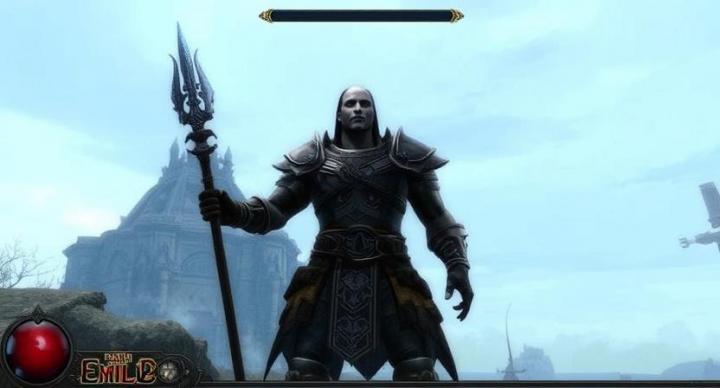
Player Prioritization and Value Perception
The way players interact with currency in Path of Exile 2 provides a direct lens into what they value most in their gameplay experience. Currency is more than just a tool for crafting or trading it reflects decision-making habits playstyle preferences and long-term goals. When players hoard Divine Orbs or carefully save Chaos Orbs for rerolling rare items it signals a mindset centered on optimization and future planning. Those who use their currency impulsively often prioritize experimentation and short-term performance. The preference for certain currency types also illustrates what content players enjoy most whether it is boss killing crafting or trading. Observing these behaviors on a large scale shows how players weigh the importance of power progression versus economic growth and how they adapt their strategies to different game cycles.
Risk Appetite and Economic Strategy
Currency usage patterns can also reveal a player's tolerance for risk. Players who heavily engage with high-stakes crafting using Exalted Orbs or attempting mirror-tier items demonstrate a willingness to gamble for potential big gains. These players often push the limits of in-game systems and embrace uncertainty as part of the fun. In contrast more conservative players tend to invest currency slowly and methodically prioritizing reliability over flashy outcomes. They often craft in stages test before committing to upgrades and focus on consistent returns rather than rare jackpots. This economic behavior closely mirrors real-world investment psychology and adds depth to the game’s economy as it creates a diverse marketplace driven by both cautious and aggressive participants.
Interaction with League Mechanics
Player behavior surrounding currency also changes based on league mechanics and how they influence reward structures. When a new league introduces mechanics that favor deterministic crafting or targeted farming players shift their focus toward currency types that support those mechanics. For example in leagues where Harvest is prominent players will place more value on lifeforce and supplementary crafting tools. When Expedition is active currency fragments and vendor refresh items become critical assets. This adaptability highlights how players constantly analyze and respond to game systems optimizing their gameplay based on the resources that each league makes available. The result is a dynamic economy that evolves not just with patch notes but with collective behavioral trends.
Social Interaction and Trade Behavior
Even in a solo experience player behavior around currency is heavily shaped by the presence or absence of trade. In trade-enabled leagues players often behave opportunistically buying low and selling high leveraging currency fluctuations to accumulate wealth. These players tend to follow market trends use third-party tools to track value and engage in economic speculation. Their behavior mirrors that of real-world traders seeking arbitrage and profit. On the other hand players in Solo Self-Found leagues develop different habits such as resource conservation creative crafting and long-term planning. The difference between these groups shows how currency systems drive social behaviors whether competitive cooperative or isolated and how players adjust based on the social context of their environment.
Endgame Goals and Time Investment
Lastly the way players use currency can reveal their long-term objectives and how much time they are willing to invest in reaching them. Players who target endgame content like Uber bosses or mirror-tier gear often build elaborate plans for currency acquisition and usage. They craft gear for specific fights farm content with the highest return per minute and focus their entire playtime on maximizing currency gain. These behaviors indicate a long-view perspective where time and efficiency are carefully measured against progression. Casual players by contrast may use currency as soon as they get it reflecting a playstyle that values immediate improvement and fun over grinding. Both approaches are valid and the choices players make around currency give a clear indication of their gaming philosophy and level of engagement.